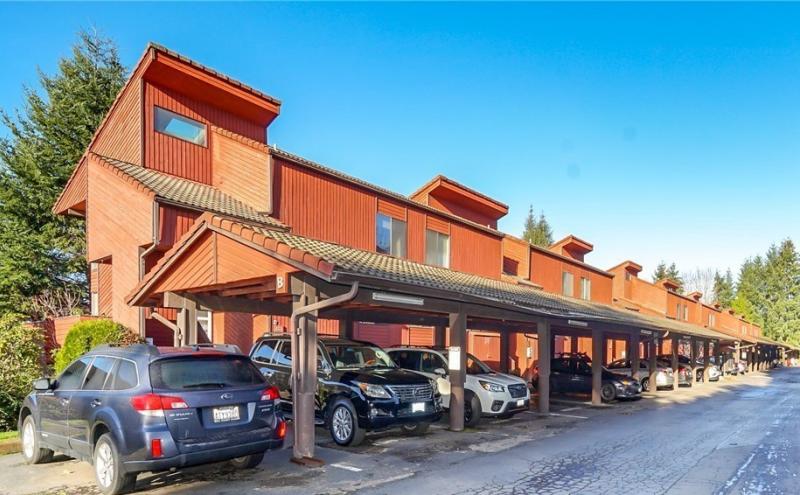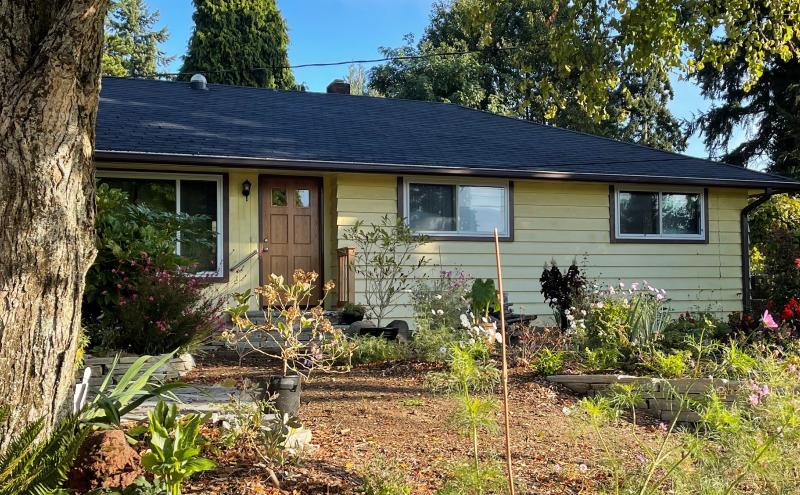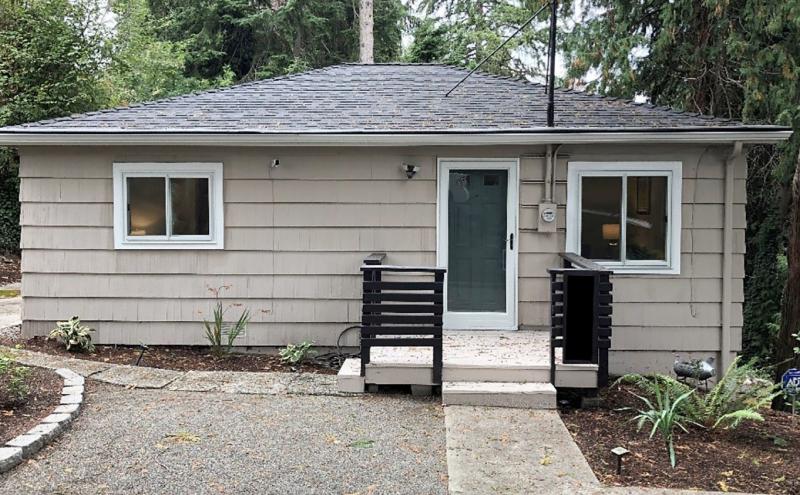
When Maria moved into her house 10 years ago, the sounds and vibrations of airplanes taking off and landing quickly became a part of her daily and evening routine. Located just one-tenth of a mile from the airport, Maria’s home was within Seattle-Tacoma International Airport’s (SEA) noise remedy boundary. That meant she might qualify to receive assistance from the Port of Seattle’s Sound Insulation Program, designed to reduce noise impact in communities surrounding the airport.
Earlier this year, the Port Commission approved initial contracting for sound insulation packages for more than 900 apartment units near SEA as part of an accelerated program to cover more single-family homes, condos, and places of worship in airport communities in half the time of the initial 15-year program timeframe.
The Port's current Sound Insulation Program includes:
- 140 single-family homes
- 1 condominium complex
- 903 apartment units in 18 complexes and
- 7 places of worship
Peace and quiet
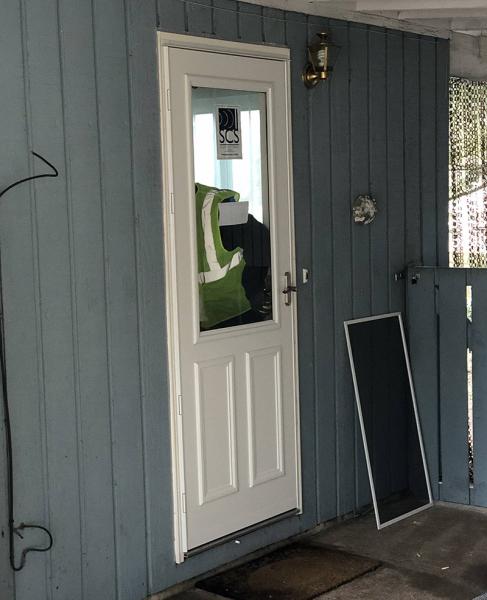
Maria works the graveyard shift at SEA Airport and when she gets home from work in the morning, she tries to get some sleep before picking her daughter up from school that afternoon. With a high amount of aircraft take offs and landings occurring during this time, this was often challenging.
“It was pretty loud,” she said.
When she heard that she might quality for the Port's Sound Insulation Program, she thought it was too good to be true. But it proved to be the real deal. Maria worked with the Port to determine eligibility and scope of work for the improvements. By fall 2019, the Port team had added sound rated windows and doors, two of the most impactful steps to reduce noise.
Program eligibility
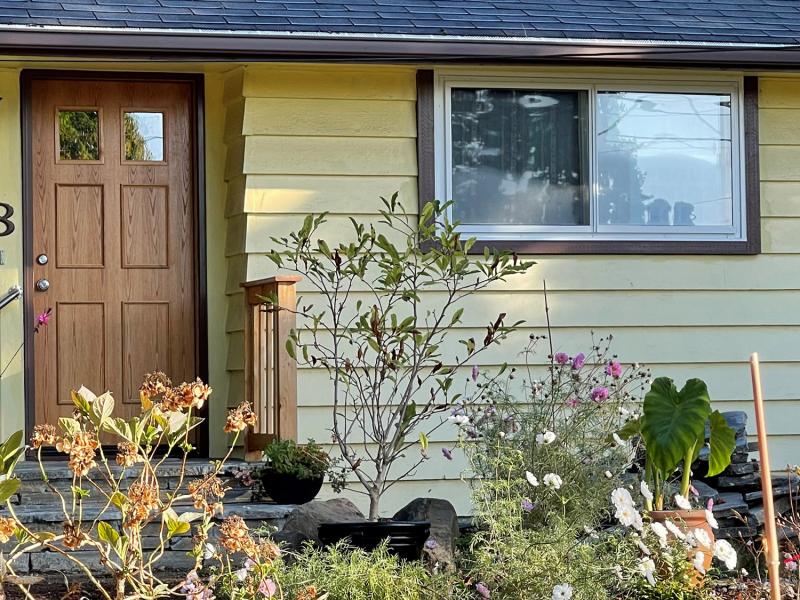
James has lived in his home just north of SEA Airport for the past five years. It's the perfect home for him and his wife, with plenty of room for a garden. The one downside — it is situated near SEA’s flight paths.
“It’s not quite under the flight path, and you can’t quite see passengers in planes, but they are nice and close,” he said.
For a home to be considered for the Sound Insulation Program, it must meet the following criteria:
- Located within the current SEA noise remedy boundary established under Federal Aviation Administration (FAA) accepted Noise Exposure Map (NEM)
- Built prior to 1986 or 1987 depending on the jurisdiction
- An average interior noise level that is 45 dB DNL or greater of habitable rooms with the windows and doors closed (as determined during acoustic testing)
Following the process
Like other neighbors in the SEA noise remedy boundary, James received a letter from the Port, informing him of the potential for eligibility for sound insulation. He jumped at the chance for noise reduction and the energy savings associated with the upgrades.
Qualifying and completing work through the Sound Insulation Program is a multi-part process that includes pre-testing, owner documentation, and professional design services to develop tailored noise reduction plans for individual properties before beginning construction. The program team includes specially -trained architects, engineers, construction managers, and acoustic specialists working together to successfully plan and complete the sound insulation improvements.
The installation process is nearly complete on James’ home and he's thrilled.
“I’ve noticed a substantial improvement,” he said. “If there is a huge plane, you hear it, but it’s not annoying; and smaller things I don’t hear at all.”
He sleeps better at night, without waking up from aircraft takeoffs and landings at 4:00 or 5:00 in the morning. And the new windows and doors have reduced his energy bill.
“When I go outside, planes seem a little louder now,” he said. “It’s a strange thing. Surprisingly you do get used to the noise, but I didn’t realize how much it had impacted my sleep.”
Options for reducing sound
The goal of the Port program is to achieve a noticeable reduction in the amount of noise that enters a home. While no home can be completely “sound-proofed,” the quality of life in a home can be improved by reducing the sound entering living areas. New doors and windows can also improve the home's appearance.
As an added bonus, sound insulation improvements may help save energy. Air that leaks through the outer walls, windows, doors, and other openings of a home wastes energy and increases utility costs. Sound insulation upgrades help seal many of these openings.
The program offers a tailored approach for each home, which could include:
Windows and exterior doors – Replacing existing windows and exterior doors with sound-rated windows and doors is one of the most significant and effective improvements to reducing sound in your home. Front and back doors that lead directly to the outside are replaced with solid core doors with a high-quality seal.
Ventilation systems – A continuous positive ventilation system may be installed in properties without adequate fresh air ventilation.
Electrical service – The sound insulation team will evaluate each home’s current electrical system. When ventilation system changes are recommended, additional electrical panel upgrades may be necessary to complete the installation.
An Environment For Learning
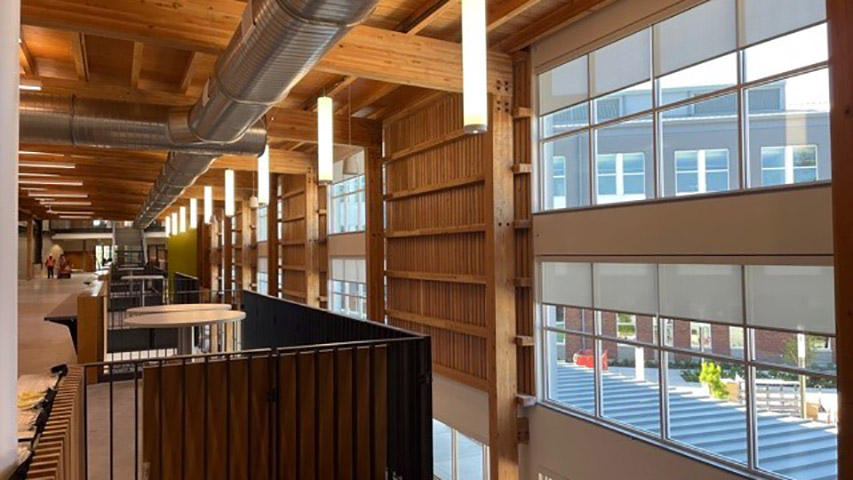
Highline High School, located in close proximity to the airport, was recently reconstructed by the Highline School District. As part of that reconstruction project, the Port and FAA helped to fund sound insulation elements to ensure that students have a quiet learning environment. Diana Garcia, Director of Educational Specifications for New Construction at the Highline School District said the impact on quality of life inside the school has been profound.
"The minute you walk into the building you don't hear any airplane sound at all. You are going to be able to hear the teacher and the students without having to stop the instruction or a conversation. It's phenomenal,” she said.
Port Commissioner Stephanie Bowman said the work illustrates the Port’s commitment to communities that surround the airport.
“Highline School is what the new standard should be,” she said. “You should be able to be inside and hear your family members and hear your teacher, wherever you are. This is what we should be aiming for in our investment in these communities.”

